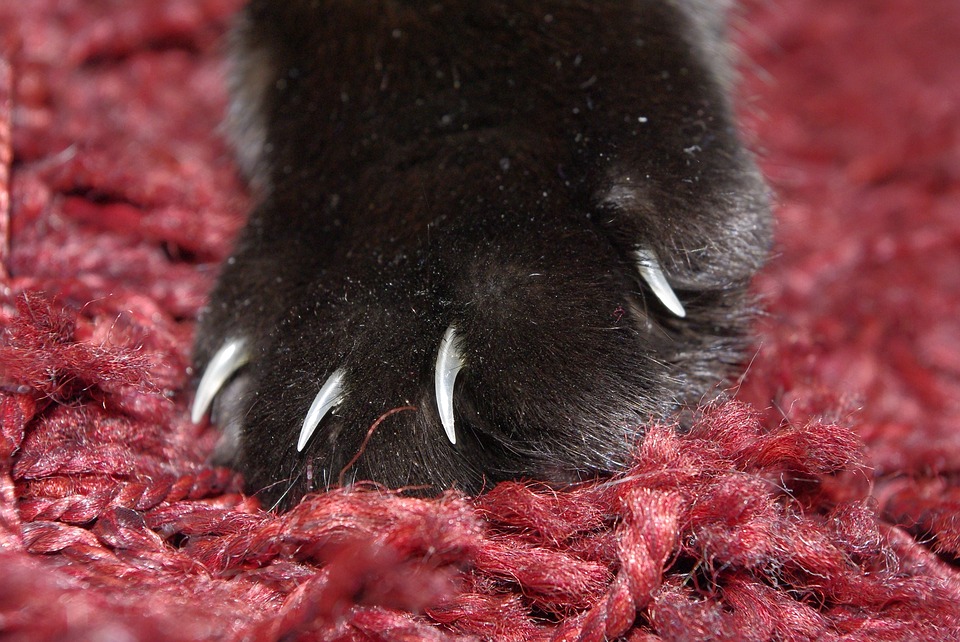When we think of cats, we think of claws. All cats have claws, but when cats live in our homes with us, it is better that they not be razor sharp. In a natural environment, the sharper the claws are, the better it is since your cat depends on them for defense and offense. Cats need to be able to climb swiftly to avoid danger and they need to be able to grasp and hold their prey.
When we made cats into house pets, we have changed their needs. They do not have to catch their food and they are protected from the usual dangers of serving as prey themselves. In our homes (and on our laps), it is perhaps better for the claws to be blunt. I know that I appreciate less sharp claws when my cat kneads his paws on my leg!
People often ask if they should trim the cat’s nails and it is maintenance care for cats. The best way to keep claws healthy and blunt is by trimming them. But your cat was not born to think a pedicure is a good idea. Cats instinctively resent being restrained, even for simple things like a nail trim, so you will have to work with your cat to train her to accept this handling.
If you want your cat to learn to accept the experience, you must first make sure it is never painful. Cutting too deeply and injuring the nerve inside the nail should be avoided at all costs. Pain triggers a fear response and your cat will never forget it.

Humans tend to think of tasks as a goal to be accomplished and it is tempting to just grab your cat and hold her still while you clip the nails. This is a bad idea for many reasons. Your cat will perceive this as an attack and will immediately start to struggle. The battle will escalate to the point that your cat is in a panic that feels to her like a life or death struggle. This teaches your cat to fear you and damages your bond.
There IS a better way! Tolerating nail trims is a learned behavior and cats can be trained to accept it. You just have to remember that training requires patience and breaking down the goal into multiple small steps. First, you must start very slowly. Show the nail trimmer to your cat at feeding time. Maybe the trimmers should remain lying on the floor next to the food bowl for a period of time until the cat completely ignores their presence. Then very slowly, you can pick up the trimmers and hold them in your hand while giving treats or special food. Stop before she tries to leave and reward her with an inviting morsel. Gradually work toward the actual trimming and this should happen only one claw at a time also. Watch her body language and remove the trimmers and release your cat’s paw before she pulls back.
The frequency of trimming is going to depend on the individual cat, but when the nails look (or feel) really sharp, it is probably time. If you cat is a kitten, it is a great idea to start with the handling and trimmer as early as possible to desensitize and train. Remember, if your cat has already learned to fear nail trims, you can always ask your vet for help. There are medications designed to ease anxiety for cats and you can start the training all over to teach your cat to tolerate nail trims.
Love cats? Want to learn all kinds of cool things about them? Follow me on Facebook by clicking here.

